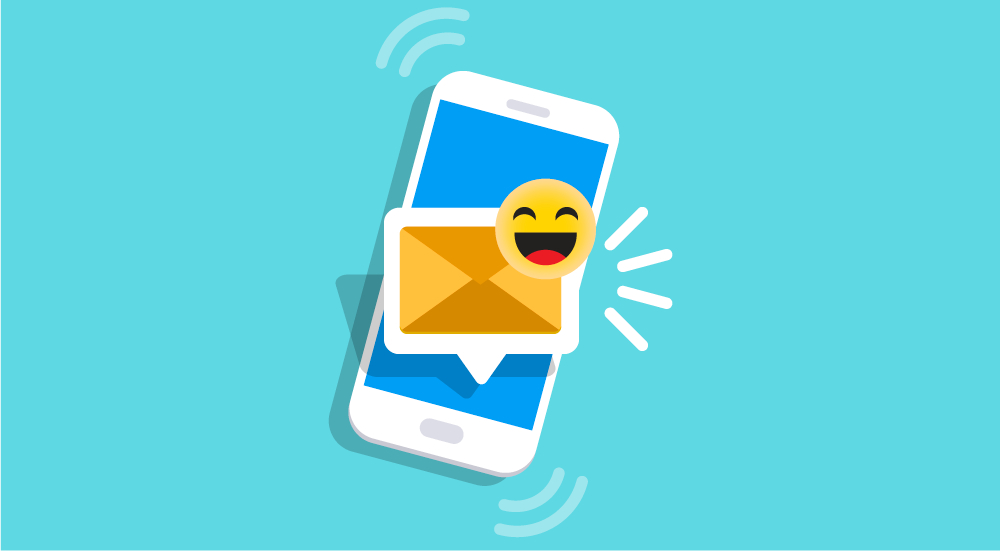Welcome email campaigns are a great way to give your new subscriber or customer that warm and fuzzy feeling. However, to see it as only that is a considerable underestimation of the power behind the welcome email.
Implementing an onboarding email series creates connection, loyalty, increases credibility and improves results. Welcome email campaigns that are considered, structured, and well-presented can be an extremely influential and profitable marketing tactic.
A welcome email series allows us to leverage the benefit of early engagement. A well-structured email takes us from being just another online store or service, to a company that offers real customer service.
“Welcome emails generate a massive 320% more revenue, based on a per email attribution compared to other promotional emails.” – Wordstream
To increase the success of our early engagement, we need to look at personalisation. When someone comes into our business or home, we refer to them by name, we make them feel welcome and comfortable. That is why when we get people to fill out a web form, their first name and email address are two of the most important pieces of information we can collect.
Personalisation consists of a few important factors. When it comes to our welcome email campaigns, the main things we want to do are:
- Include their first name in the subject line. If possible, also use the word ‘thank you’
- Start the email with their first name
- Sign off the email with our name
- Send the email from a personal account. For example, Pete@catsrus.com is always going to be more personal than info@catsrus.com – or even worse, no-reply@catsrus.com
“73% of customers are more likely to buy from brands that personalise their experience.” – Accenture Interactive
Individuals end up in our database for a myriad of reasons. They may have purchased, made an online inquiry, subscribed to our database, or connected with us on social media. There has been an initial interaction with us because they are after information on something we are experts in.
Throwing these individuals in with hundreds or thousands of others in a general email campaign is not going to generate the best results. A good email service provider will allow you to segment your database and will hopefully include conditioning. By segmenting the list, we can target our audience in accordance to their level of engagement. For example, someone who has made a purchase is more engaged than someone who has subscribed for the newsletter.
“80% of retail professionals indicate that email marketing is their greatest driver of customer retention. The next closest is social media at just 44%.” – Wordstream
For those who have subscribed to the newsletter or similar, they are in the top of the sales funnel and just starting to engage with us, so a big push does not make sense. They are in the research phase and are looking to see how credible we are. They are looking to be better informed or educated on a product, service or topic we are knowledgeable in.
Those who have made an inquiry about a particular product category or service are considered to be in the sales funnel and our email needs to offer more insight. It may be the offer of a phone call or online demo and possibly a discount or free shipping if they use a supplied code within a limited period of time.
Those who have purchased are at the end of the sales funnel. Their welcome email series would include a thank you for the purchase, advice on their purchase, introduction to the after-sales support process/team, and an offer on future purchases. We want to encourage them to purchase through us again or recommend us, and the best way to do this through quality customer service. Check out our resources on list management and segmentation if you’d like to explore those areas further.
A welcome email series should be more than the same content repeated in a scheduled manner. It should be engaging, personalised, segmented and, where possible, include an incentive or call to action. A welcome email is a great opportunity to strengthen the relationship we have with the people we deal with so we must do it well.
How to implement a welcome email campaign today
- Plan your welcome email strategy to engage with the right tone
- Include their name in the subject line
- Include the word ‘thank you’ or ‘thanks’ in the subject line
- Start the email by greeting them by name
- Sign off with a real name and a personalised email address
- Manage lists with segmenting and conditioning to improve results
- Always follow up on how your email marketing is going – test, test and test again
Want to find out more about welcome email campaigns, or tools that would help implement such a campaign? Reach out to us via chat or email.
To check out the platform first-hand, sign up for free and start setting up welcome email campaigns today!






